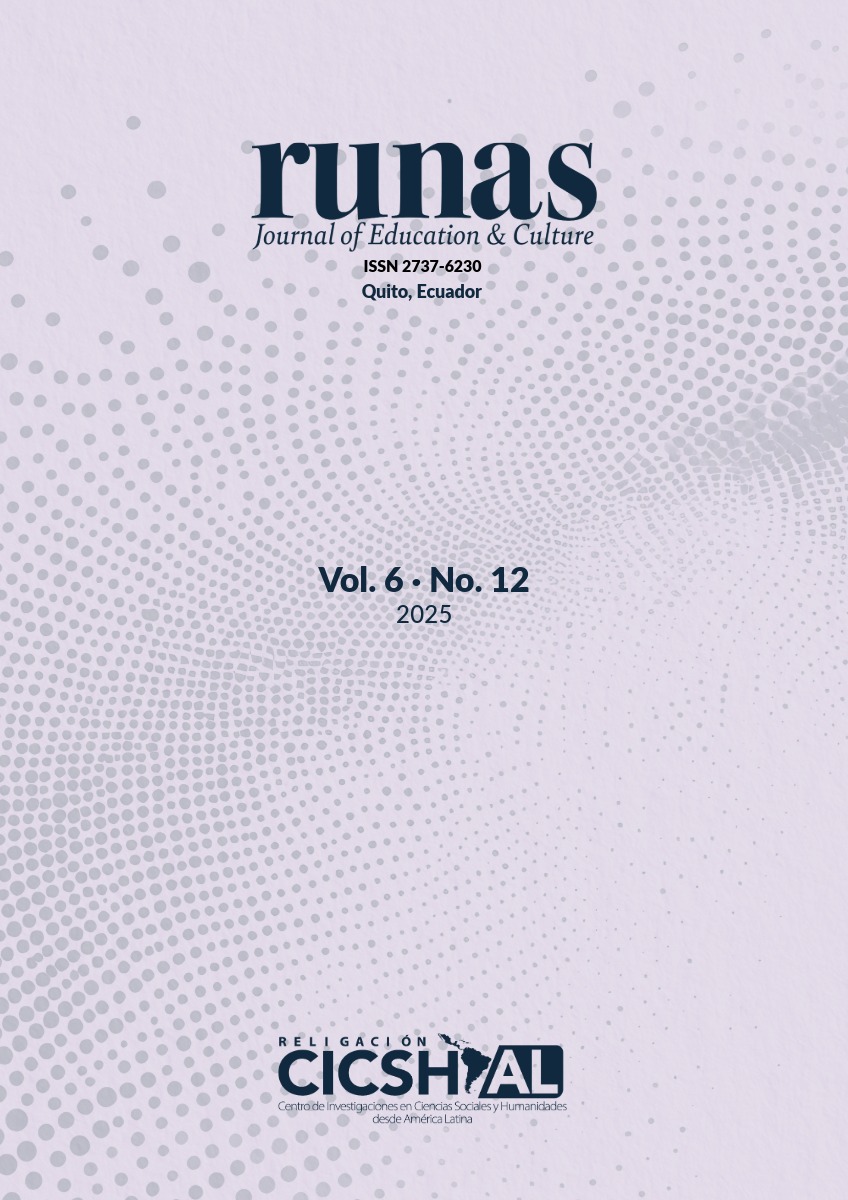Resumo
Esta pesquisa examina os conflitos éticos derivados do ato de compartilhar a vida privada nas redes sociais. A partir de uma perspectiva ético-comunicativa, o objetivo é explorar como essas tensões são vivenciadas em duas gerações com diferentes trajetórias digitais, a geração X (1965 - 1979) e a geração Z (1995 - 2012), na cidade de Quito. Usando uma abordagem quantitativa, uma pesquisa estruturada foi aplicada a uma amostra estratificada, estudando três variáveis principais: gerenciamento estratégico da imagem pessoal, consciência das consequências éticas e expressão emocional digital. Os resultados mostram que, embora ambos os grupos enfrentem dilemas éticos semelhantes, suas formas de lidar com eles são diferentes: a geração X tende a regular sua exposição de forma mais reflexiva, enquanto a geração Z age a partir de uma lógica emocional e adaptativa. Concluímos que a exposição nas redes não é uma prática uniforme, mas uma construção comunicacional carregada de decisões éticas (com componentes emocionais e de identidade) determinadas pelas estruturas culturais e tecnológicas de cada geração. Esses padrões de exposição não apenas respondem às diferenças geracionais, mas também revelam decisões éticas complexas sobre o que mostrar, por que e para quem, posicionando a ética da comunicação como um eixo fundamental para habitar o ambiente digital com maior consciência.
Referências
Bauman, Z. (2007). Vida líquida. Fondo de cultura Económica
Barlund, D. C. (1970). A transactional model of communication. En K. K. Sereno, & C. D. Mortensen, (eds.). Foundations of communication theory (pp. 83-102). Harper & Row
Boateng, K., & Boakye, K. (2020). Digital identity management on social media: Exploring the factors that influence personal information disclosure on social media. Sustainability, 12(23), 9994 https://doi.org/10.3390/su12239994
Case, A. (2016). We are all cyborgs now (conference TED). https://n9.cl/1tjt8
Castells, M. (2009). Comunicación y poder. Alianza editorial.
Eco, U. (1977). Tratado de semiótica general. Lumen. https://n9.cl/w3mff5
Fundación ChildFund, UNICEF y Ministerio del Ecuador. (2023). Protocolo de actuación frene a situaciones de violencia a digital detectadas en el Sistema Nacional de Educación
Instituto Nacional de Estadística y Censos (INEC). (2023). Estadísticas de Tecnologías de la Información y Comunicación.
Liuzzi, A. (2016). Narrativas digitales e identidades conectadas.
López Talavera, M.D.M. L. (2016). Ética en los medios de comunicación: prensa, radio, tv y cine. McGraw-Hill
Papaioannou, T., Tsohou, A., & Karyda, M (2020). Forming digital identities in social networks: The role of privacy concerns and self-esteem. Information and Computer Security, 28(4), 589-605. https://doi.org/10.1108/ICS-01-2020-0003
Twenge (2017). IGen: why Today´s super connected Kids Are Growing Up Less Rebellious, More Tolerant, Less Happy – and Completely Unprepared for Adulthood. Atria Books
Watzlawick, P,.Beavin, J. H., & Jackson, D. D. (1967). Pragmatics of human communication. Norton.
We Are Social & Kepios. (2024). Digital 2024: Ecuador. Branch. https://branch.com.co/marketing-digital/situacion-digital-de-ecuador-en-2024/

Este trabalho está licensiado sob uma licença Creative Commons Attribution-NonCommercial-NoDerivatives 4.0 International License.
Copyright (c) 2025 Ariana Estefanía Garzón Cipriani, Cynthia Shakira Enríquez Fierro





